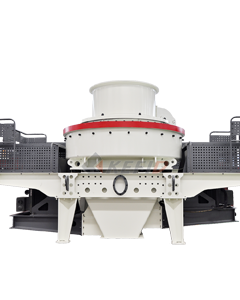Building a DIY gold dry washer is a great project for prospecting in arid regions where water is scarce. Below are step-by-step plans to construct a simple yet effective dry washer using basic materials.
—
Materials Needed:
– Plywood or sheet metal (for the frame and riffle tray)
– 2×4 lumber or aluminum tubing (for the frame)
– Hardware cloth or expanded metal mesh (for classifying material)
– Canvas, burlap, or rubber matting (for riffle tray)
– Small electric fan or leaf blower (for air supply)
– PVC pipes or flexible tubing (for air delivery)
– Screws, bolts, hinges
– Legs or stand (adjustable height preferred)
– Vibrator motor (optional, for better material flow)
—
Step-by-Step Construction Plans:
.jpg) # 1. Build the Frame
# 1. Build the Frame
– Construct a rectangular box (~3′ long x 1.5′ wide x 1′ tall) using plywood or sheet metal.
– Reinforce with 2×4 lumber or aluminum tubing for stability.
– Ang the box slightly (~10–15°) for gravity separation.
the box slightly (~10–15°) for gravity separation.
# 2. Create the Riffle Tray
– Cut a piece of hardware cloth (~¼” mesh) to fit inside as a classifier.
– Below it, attach a riffle tray lined with canvas/burlap to catch gold.
– Add small wooden or metal riffles (~½” high) spaced 2–3″ apart.
# 3. Add Air Supply System
– Attach a small electric fan or leaf blower at one end.
– Use PVC pipes/dryer vent tubing to direct airflow under the riffle tray.
– Ensure even air distribution with small holes along the pipe.
# 4. Install Legs & Adjustability
– Attach adjustable legs to control angle and stability.
– A steeper angle increases material flow; flatter improves gold retention.
# 5. Optional Vibration Mechanism
– Mount a small vibrator motor to help material move smoothly.
– Alternatively, manually shake the unit while processing dirt.
# 6. Test & Refine
– Run test material (spiked with lead shot or flour gold) to check recovery.
– Adjust airflow, angle, and riffle spacing as needed.
—
Tips for Better Performance:
✔ Pre-classify dirt with a screen to remove large rocks before feeding.




